1、概况
宇航学院航天飞行器技术系是北航跨院系的全国“双一流”学科——航空宇航科学与技术的重要组成部分。现设有空间飞行器设计、运载火箭与导弹设计等专业方向,每年招收本科生近百人、全日制硕士和博士研究生约70名,并进行着相当规模的外国留学生和在职工程硕士的培养,是学院本科、研究生招生规模最大的系。多年来该系为航天部门输送了大量人才,其中许多人在自己的岗位上作出了突出贡献。
本专业自身师资力量雄厚,有教授13名,全部具有博士学位,多名教授作为技术专家直接参与国家航天发展的规划;该系生源质量特别好,在国内同类专业中位列前茅。目前主要研究方向包括航天飞行器新概念,优化设计方法,飞行动力学,航天飞行器制导、导航与控制,结构与机构动力学和控制,导弹武器系统,深空探测及热控技术等领域,承担着大量包括国家自然科学基金和国家航天高新技术在内的科研项目。在优化设计理论与算法、空间智能结构技术和卫星编队飞行等方面取得重要突破。
2、历史沿革
1958年北航成立了我国首个火箭系,其中导弹设计教研室就是其重要的组成部分,也是当时全国唯一的导弹设计专业。由于行业归并的原因,1973年火箭系解散,导弹设计教研室划归原飞行器设计与应用力学系(5系)。1988年北航在原火箭系基础上成立宇航学院,其中新建了空间飞行器设计教研室,2年后又将原5系的导弹设计教研室并入宇航学院,并成立了运载火箭教研室,由此与当时国家的学科专业目录“空间飞行器设计”和“导弹与运载火箭设计”相对应,其中我院“空间飞行器设计”专业1997年获批成为博士点(全国高校中此专业仅2个)。2001年,根据国家专业目录合并的发展趋势,宇航学院合并原“空间飞行器设计”、“运载火箭设计”和“导弹设计”3个教研室,成立了目前的航天飞行器技术系。
3、学科建设
航天飞行器技术系的学科-飞行器设计,隶属北航跨院系的全国“双一流”重点学科——航空宇航科学与技术。该学科在最近一次全国学科评估中不仅在同一学科中名列前茅,而且也列航空宇航科学与技术一级学科(下设飞行器设计,航空宇航推进理论与工程,航空宇航制造工程及人机与环境工程4个二级学科)前茅。我系作为北航飞行器设计学科的骨干系科,重点在针对航天飞行器包括空间飞行器及运载器的设计技术方面,开展科学研究与人才培养的工作,在学术与工程界产生了越来越重要的影响。
4、师资队伍
航天飞行器技术系现有固定教师39人,具有深厚的飞行器设计专业基础和工程研究背景,其中教授11人,副教授25人(其中博导11人),所有教师全部具有博士学位。教师团队中拥有院士1人,国家级领军人才1人,国家级青年人才2人,国家863专家3人,全国博士论文百优提名奖及导师3人,北京市教学名师1人,中国科协青年人才托举工程入选者1人,北京市科协青年人才托举工程入选者1人,北京市青年英才1人,北京市科技新星1人,科工局511人才1人,北航“立德树人优秀奖”获得者2人,北航蓝天教授、蓝天教学新星、蓝天科研新星和蓝天管理新星共6人,北航“卓越百人”青年人才引进计划入选者6人。航天飞行器技术系是一支团结务实、锐意进取、充满报效祖国航天事业志向和情怀的老中青三代教师组成的教学科研团队,具有优秀的学术传承和显著的航天特色。
5、教学工作
本专业的办学目的是培养具有航天飞行器系统分析与设计能力的人才。本科生培养注重基础知识和基本技能的训练,结合实践教学,掌握飞行器设计的基本理论与方法,具备从事航天工程领域工作的基本素质;硕士研究生培养注重飞行器设计理论的理解与应用,通过参与实际科研课题,掌握科学研究的方法,具备独立从事科学研究的能力;博士研究生注重创新能力的培养,通过承担实际科研课题,掌握发现问题、解决问题的基本方法,成为具有航天飞行器系统分析与设计能力的高级人才
本专业开设的主要课程有:结构力学、飞行力学、飞行器总体设计、飞行器结构设计与分析、弹道学与动态分析、姿态与轨道动力学、制导系统、课程设计、专业综合实验、航天工程实验等。招收本科生约100人/年,50%以上保送或考取研究生,另有部分出国深造;招收工学硕士生约50人/年,工学博士生约20人/年。我院是全国航天工程领域工程硕士培养协作组的组长单位,本专业每年招收工程硕士50人(含留学生5人)。毕业生主要到航天、航空、兵器等部门从事航天飞行器设计、试验及管理等方面的工作,成为高级领军人才和专业技术人才。
6、科研工作
本系目前在研科研项目约100余项,来源包括国家自然科学基金、重点研发计划、航天工程、政府部门以及与工程部门合作的研究;每年在国内外刊物和学术会议上发表学术论文200余篇,出版多本专著和教材,授权专利十数项。
主要研究领域包括:
1)航天飞行器概念研究
2)航天飞行器先进设计理论与方法研究
3)航天飞行器飞行动力学、制导、导航与控制
4)航天飞行器结构/机构动力学与控制
5)导弹与武器系统
6)空间环境及深空探测
7)飞行器热环境与热控技术
7、实验室条件
本系拥有“航天飞行器与导弹设计教学实验室”,“航天创新实验基地”,并且是学院“航天器设计优化与动态模拟”教育部重点实验室的核心力量,其中新型结构技术实验平台、航天飞行器设计应用软件平台教学环境、航天飞行动力学与控制仿真系统、导弹设计综合与制导系统仿真实验平台等实验设备及各种陈列飞行器及其部件,为本系进行高水准的教学、科研提供了不可缺失的支持。
8、主要成果
(1)编队星群高精度构型设计与控制关键技术及应用
获2020年教育部科技进步二等奖。
(2)航天器空间流形动力学理论与应用
获2019年北京市自然科学二等奖。
(3)复杂航天器多学科集成设计技术及应用
获2015年省部级技术发明二等奖。
(4)复杂航天器多学科集成设计技术及应用
获2015年中国航天科技集团公司科学技术发明一等奖。
(5)通过综合项目培养航天专业优秀人才的研究与实践
获2008年北京市教育教学成果(高等教育)一等奖。
(6)复杂结构优化理论及算法
获2002年中国高校自然科学一等奖。基于该成果研发的应用软件:航天器结构优化工程系统(ESSOS)已经应用于包括在轨运行的风云3号和风云4号气象卫星在内的多种卫星型号设计。
(7)xx探测xx选取建模及优化方法
获2016年省部级发明成果三等奖。
(8)航天飞行器机构与空间控制技术
获省部级科学技术进步三等奖。
(9)卫星动态模拟技术
被应用于东方红小卫星公司MS-1卫星的姿态和轨道控制系统设计、以及二代北斗导航卫星的星上计算机改进当中。
(10)多自由度微激励系统
在航天五院、航天八院得到应用,尤其在风云4号卫星有效载荷地面环境试验中发挥作用。
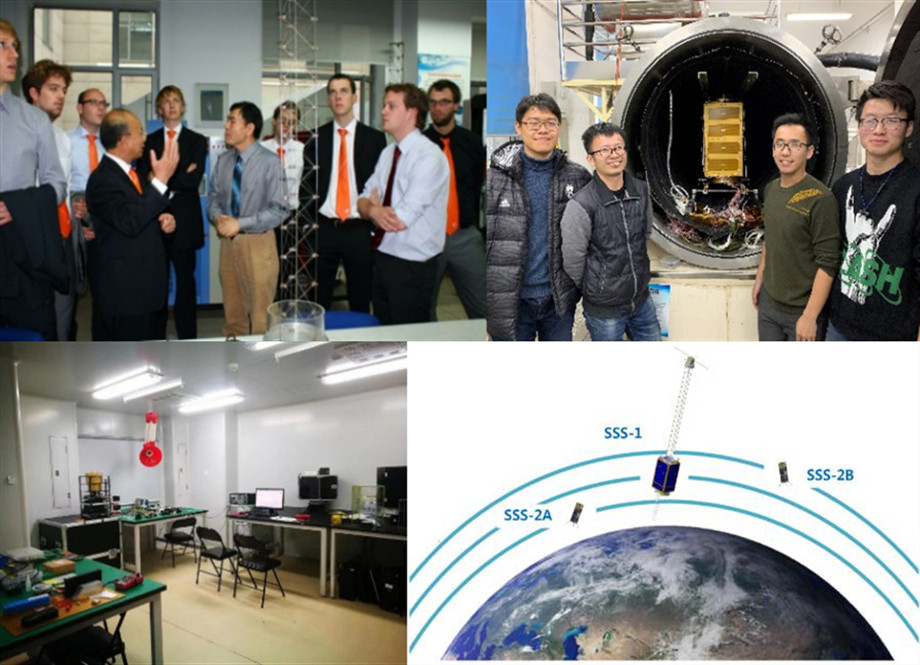
亚太空间合作组织大学生小卫星研制
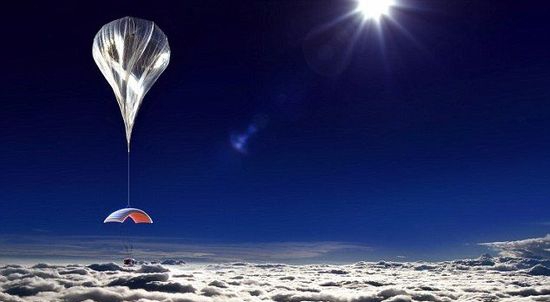
临近空间伞翼飞行器
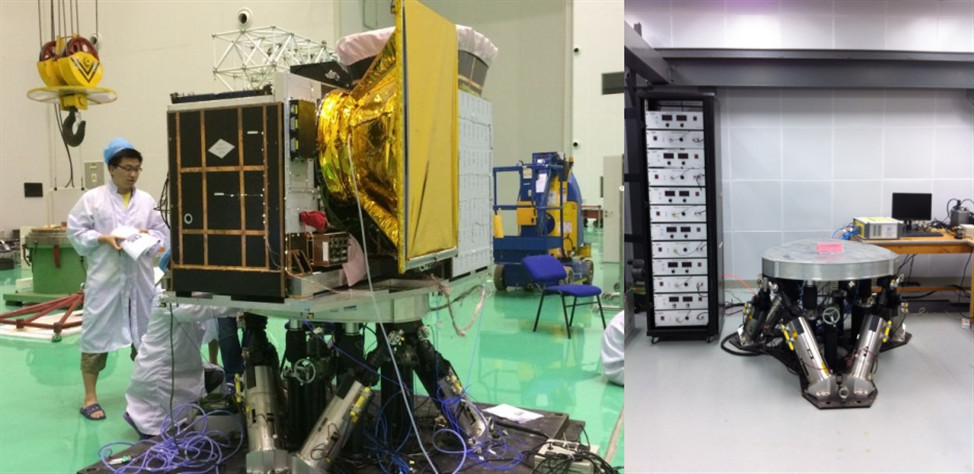
六自由度微振动激励系统
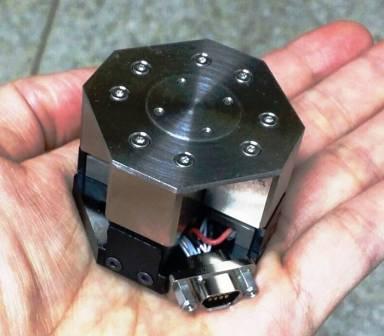
视轴稳定控制系统

充气式机翼的弹载微小型飞行器

卫星结构设计与优化

GPS/北斗导航系统

复合材料结构分析与试验

复合材料结构静、动、热、疲劳强度分析及试验

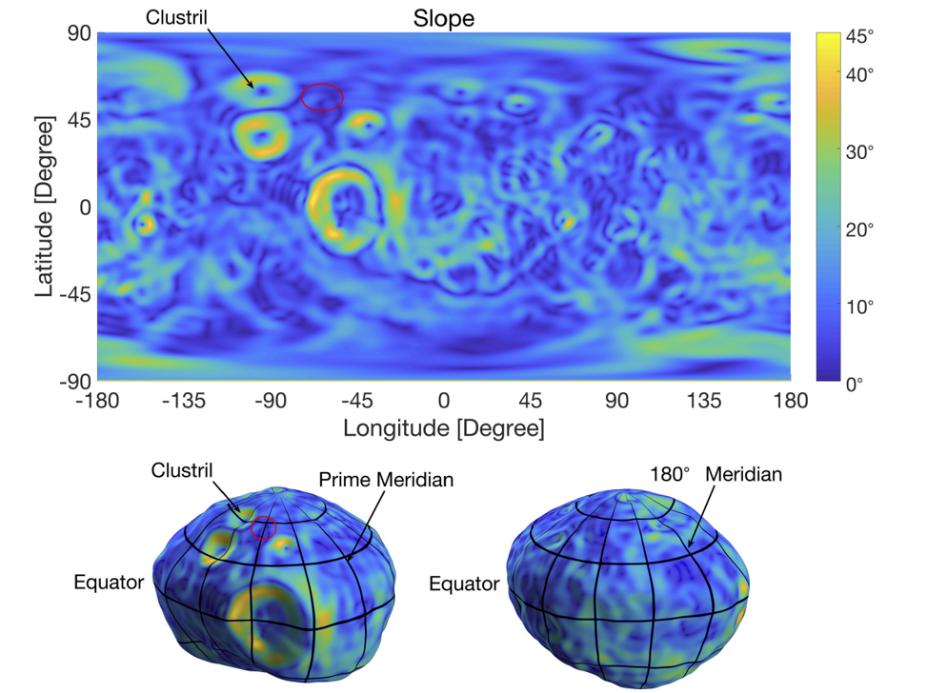
深空探测器动力学与控制

"飞行器空天交会运动虚拟仿真"国家一流课程
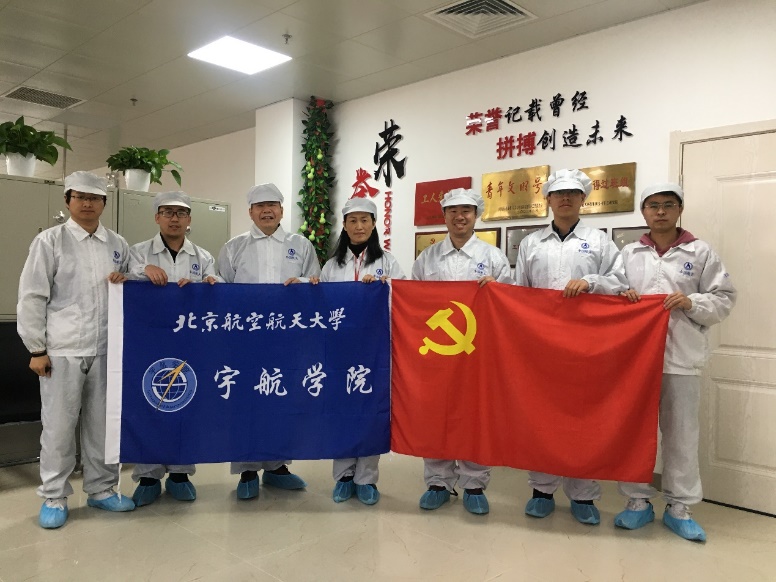
小卫星项目师生联合党支部活动
Department ofSpacecraft&Launch Vehicle Technology
1、Overview
Department ofSpacecraft&Launch Vehicle Technologyisaffiliated toSchool of Astronauticsand functions as its leading part.It is alsoanindispensablecompositionofthe world-class disciplinein Beihang University,Aeronautical and Astronautical Science and Technology, which is among China’s “Double First-rate” disciplines. Themajor research fields of thedepartmentincludeSpacecraft DesignandLaunch Vehicle & Missile Design. Eachyearover100 undergraduate students and 70 full-time graduate students are enrolled in the department. Besides, a considerableamountof international students and part-time graduates are studying forvariouskinds ofdegree. Over thepastyears,thousands of students have graduated from thedepartmentand devoted themselves toChina’s aerospace industry, and some of them have maderemarkablecontributionsto thedevelopment of aerospace industryinChina.
With13professorsand22associate professors, Department ofSpacecraft&Launch Vehicle Technologyisrich inteachingresource.Some ofthe faculty membersare technical experts andcounselors whoplay the key roles inthe program of national aerospace development.Thestudents enrolled arecompetitive withthestudentsof top-rankinguniversities in China.The main education andresearchfields of the department are Innovation Concepts of Spacecraft, Methodologyof Optimization Design, Space Flight Dynamics, GNC of Aerospace Flight Vehicles, Dynamics,and Control of Structures/Mechanisms. More than 100research projects are being conducted,which are supported byNational Natural Science Foundation,Nationalaerospacehigh-tech programs and internationalresearchfoundationsfrom USA andEurope. Theachievementsin Optimization Theories and Methods, Adaptive/Smart Structural Technology, Spacecraft Formation Flight are widely concerned.
2、History Evolution
In 1958,thefirstRocket Department in China wasfoundedin Beihang University and simultaneously the Education & Research Section of Missile Design was established. In 1973, the Rocket Department disbanded due tothe reorientation of disciplines in Beihang University, andthe Missile DesignSection wasincorporatedintotheDepartment of Flight Vehicle Design and Applied Mechanics in Beihang University.In 1988,theSchool of Astronautics (SA)was founded on the basis of theoriginalRocketDepartment,and the Education & Research Section of Spacecraft Design was set up. Two years later, the Missile Design Section reintegrated itself into SA and was renamed as the Education & Research Section of Launch Vehicle Design. The two Education & Research sections precisely correspond with the contemporaneous national standard discipline, Spacecraft Design and Missile & Launch Vehicle Design. Thus, in 1997, the major in SA, Spacecraft Design, was approved by China’s Department of Education to grant the doctorate degree. In 2001, in accordance with the development of the integration of national disciplines, the three Education & Research sections in SA, including the Spacecraft Design Section, the Launch Vehicle Section, and the Missile Design Section, were combined toestablish thecurrentDepartment of Spacecraft and Launch Vehicle Technology.
3、Construction of Major
Aircraft& Spacecraft Design, the specific major of Department of Spacecraft & Launch Vehicle Technology, is subject to the world-class disciplinein Beihang University,Aeronautical and Astronautical Science and Technology, which is among China’s “Double First-rate” disciplines. In the recent national evaluation of disciplines in Chinese Universities, Beihang University achieved the first rank in the discipline of Aeronautical and Astronautical Science and Technology, and among the four majors in this discipline, the major,Aircraft& Spacecraft Design, is also top-ranking. As the essential department to construct this major, Department ofSpacecraft&Launch Vehicle Technology carries out extensive scientific research and educational work in multiple aspects, including the design of spacecraft and launch vehicle. A substantial amount of research results have been formally recognized by the academia and exerted an increasing influence on the industry.
4、Faculty and Staff
The Department of Spacecraft & Launch Vehicle Technology has 40 full-time faculty members, including 13 professors and 22 associate professors (including 11 doctoral supervisors). All faculty members have doctoral degrees. The faculty has 1 Academician, 1 Yangtze River Scholar, and more than 20 young talents, including the receivers of the Young Elite Scientist Sponsorship Program by China Association for Science and Technology, the Young Elite Scientist Sponsorship Program by Beijing Association for Science and Technology, and the ‘Zhuoyue’ Recruitment Program of Foreign Young Talent by Beihang University. The teaching and research team is composed of three generations, who are enterprising and full of ambitions, and has excellent academic heritage and outstanding aerospace characteristics.
5、Education
The aimof the education by the Department of Spacecraft & Launch Vehicle Technology is totraincompetentengineerswho arecapable ofdesigning aircraft and spacecraft and solvingproblems fromthe correspondingsystem.For theundergraduate education,more emphasisislaidonthe learning ofbasicknowledgeandtraining of basicskills.Based on effective engineering practice,studentsare trained to acquirethe basic theory and method foraircraft and spacecraftdesign,andpossessthebasic ability toapply for jobs inaerospace industry.Forthegraduate education,more emphasisisplacedonthecomprehensionand applications ofaircraft and spacecraftdesign theory. Byparticipatinginpracticalaerospace engineeringtasks,studentscan acquire the method toconductscientific researchandsolve theaerospace engineeringproblems.Especially forPhD candidateeducation,more emphasisis put on thecultivation of creativity and ideas forinnovation.Taking charge ofactualaerospace engineeringtasks,PhD candidates are guidedand trained tosolve problemsindependently.Such ability is necessary for them tobecomehigh-levelengineerswho arecapable ofundertake practical tasks of aircraft and spacecraftdesign.
Course in the major ofAircraft& Spacecraft Design is listed as follows: Structural Mechanics, Flight Mechanics, Spacecraft System Engineering, Spacecraft Structural Design and Analysis, Ballistics and Dynamical Analysis, Attitude and Orbital Dynamics, Guidance Systems, Curriculum Design, Comprehensive Experiment, and Aerospace Engineering Experiment. About 100 undergraduate students are enrolled every year. More than 50% of them are recommended or admitted to keep on studying as graduate students. Several students choose to go abroad for further study. About 50 graduate students and 20 PhD candidates are also recruited every year. In addition, 50 positions for the master of engineering(5 overseas students included) are offered by the department each year, due to the fact that School of Astronautics is the leading unit of National Culture and Collaborative Group of Master of Engineering in China’s Aerospace Engineering Industry.After graduation, students will be adequate for jobs in the field of Aerospace, including the design, test, and management of aerospace system. They can also fit in well with other jobs inaviationindustry,weaponindustry, and otherenterprises and institutions.
6、Research
There are more than 100research projects being conductedcurrently inthe department. Most of these projects are supported byNational Natural Science Foundation,National High-Tech (“863”)programs, aerospace engineering and administration departments, andInternationalresearchfoundationsfrom USA andEurope, etc.. Eachyear more than 200papersarepublishedon domesticorinternational journals and academicconferences, meanwhileseveral monographs and textbooks are published,and more than a dozen patents are authorized.
The mainresearchareasin the departmentareas follows:
(1)Research on AerospaceSystem Design;
(2)Research on AdvancedSpacecraft Structure, MechanismDesign Theory and Methods for Aircraft& Spacecraft;
(3)Flight Dynamics,Guidance Navigation & Controlfor Aircraft& Spacecraft;
(4)Structure/MechanismDynamics andControlfor Aircraft& Spacecraft;
(5)Missile and Weapon System;
(6)Space Environment and Deep Space Exploration;
(7)Thermal Environment and Thermal Control Technology of Aircraft& Spacecraft.
7、Laboratory
The departmentmainlyincludesSpacecraft&Launch VehicleDesign TrainingLaboratory andAerospace Innovation Practice Base.Thetwo laboratories composed the essential part ofthe Key Laboratoryof Spacecraft Design Optimization and Dynamic Simulation,which is appointed by theEducation Ministry of China.Moreover, many experimental environments,along withtheir exhibitingequipment,effectivelyprovidethe indispensablesustentationfor the department to conduct high-level teaching and research, including theexperimentalplatform of innovation structural technology, training environment of application software platform forspacecraftdesign, spacecraft dynamics and control simulationsystem, missiledesignsynthesis andguidancesimulation platform, etc.,
8、NotableEducation & ResearchAchievements
(1)Key technologies and applications of high precision configuration design and control for formation clusters
wasawardedthe Second Grade Prize for the Science and Technology Progress of the Ministry of Education in 2020.
(2)Space Manifold Dynamics and Applications
was awarded the Second Grade Prize for the Natural Science of Beijingin2019.
(3)Complicate Spacecraft Multi-disciplinary Integration Design Technology and Application
(4)Complicate Spacecraft Multi-disciplinary Integration Design Technology and Application
was awarded the First Grade Prize forScientific and technological inventionsofChina Aerospace Science and Technology Corporationin 2015.
(5)Training Outstanding AerospaceTalentsvia Practical Program
was awardedTheFirstGradeEducation AchievementPrize of Beijing City in 2008.
(6)The Optimization Theories and Algorithms for Complicated Structures
wasawardedTheFirstGrade Natural Science Prize of Chinese Universityby Education Administration of China in 2002. Based on the achievement, the developed software Engineering System of Structural Optimization for Spacecraft(ESSOS)has been appliedtothe structural designsof a lotsatellite programsincludingthe meteorology satellites FY-3 operatingon orbit and FY-4 being developed.
(7)Modeling and Optimization of Target Selection for Manned Asteroid Exploration
(8)Spacecraft mechanics and space control technology
(9)Satellite Dynamic Simulation Technology
was applied tothe design ofMS-1 satellite attitude and orbit controlsystem by DFH small-satCo., Ltd.It is also applied toonboard computerimprovementof Beidou second-generation navigation satellites.
(10)Multi-degree of freedom Micro-stimulation system
was applied in Chinese Academy of Space Technology and Shanghai Space Agency, which played an important role in the ground environment tests of the payloads of Fengyun-4 satellite.

Guide Dynamics Simulation Experimental Platform

Dynamics, navigation and control of spacecraft swarms
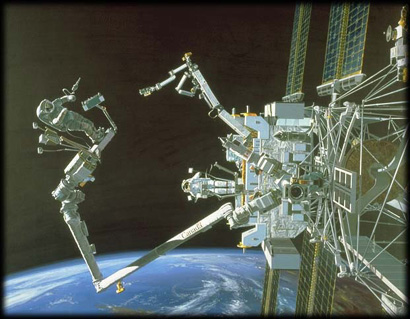
Dynamics and control of space robotic systems